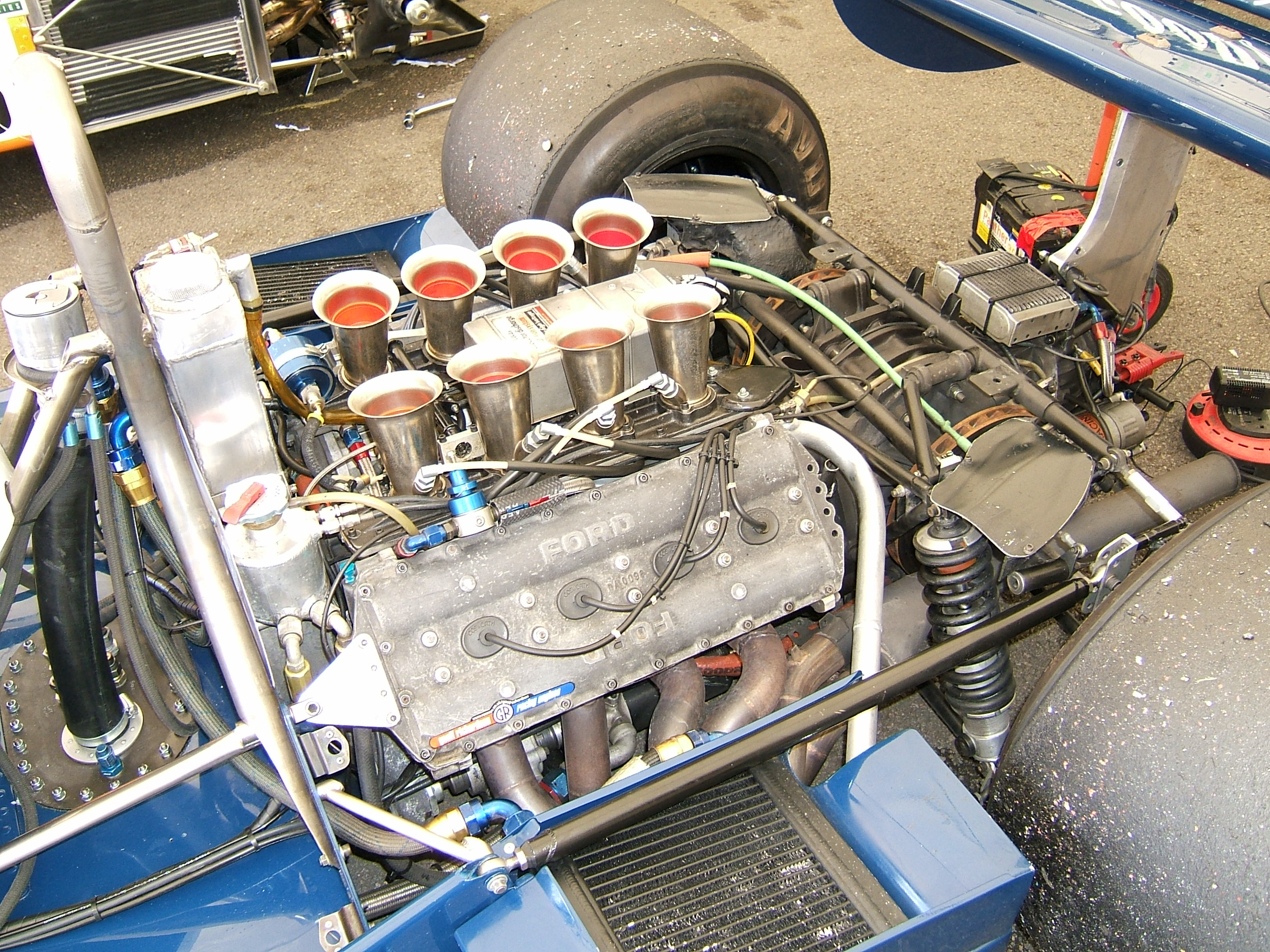Jimdohc
Well-Known Member
- Joined
- Sep 28, 2014
- Threads
- 2
- Messages
- 295
- Reaction score
- 4
- Location
- Texas and Japan
- Vehicle(s)
- Silverado and R32 GTR
Red, nice write up :clap2:
I guess "relatively", "Most noticeable" & "feel" aren't great ramblings
Maybe, less perceivable, is more accurate nontechnical summary?
I guess "relatively", "Most noticeable" & "feel" aren't great ramblings
Maybe, less perceivable, is more accurate nontechnical summary?

Sponsored

